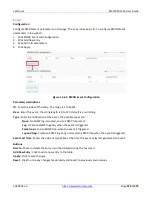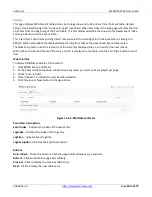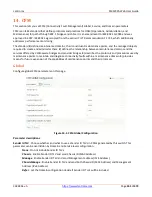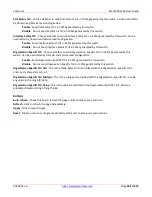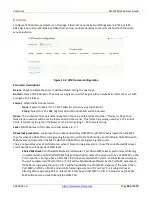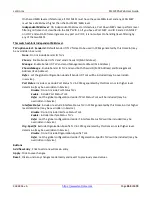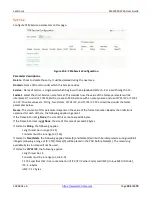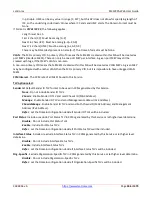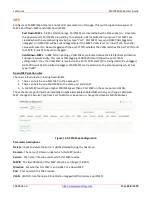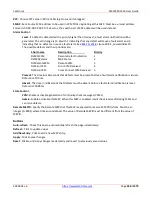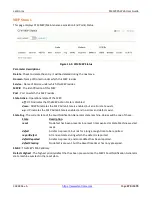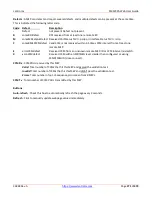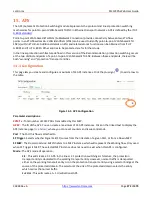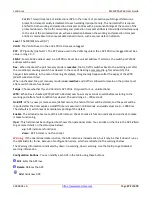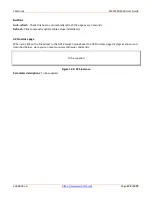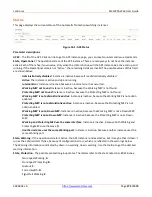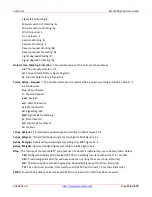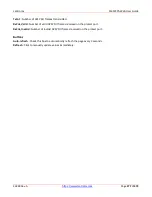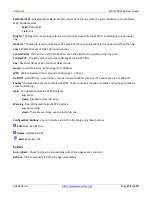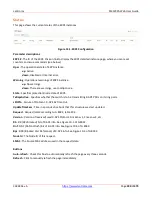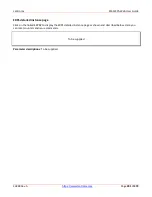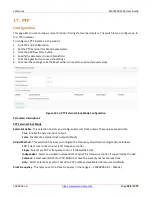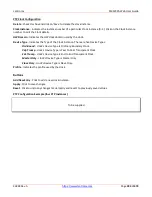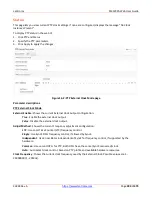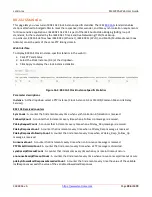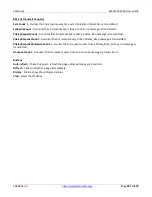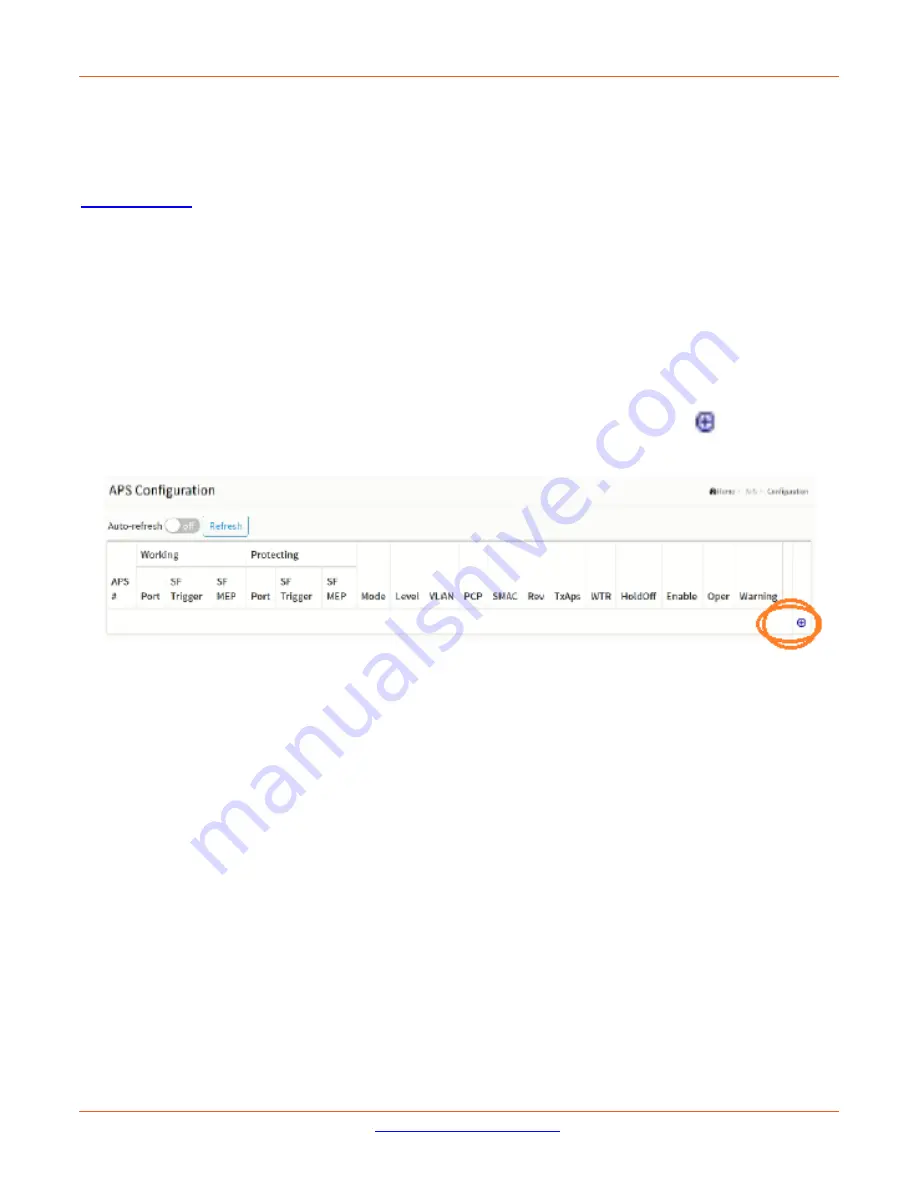
Lantronix
SM12XPA Web User Guide
33848 Rev. A
Page
272
of
473
15. APS
The APS (Automatic Protection Switching) module implements the protocol and linear protection switching
mechanisms for point-to-point VLAN-based ETH SNC in Ethernet transport networks. APS is defined by the ITU-T
Point-to-point VLAN-based ETH SNCs (SubNetwork Connection) provide connectivity between two ETH flow
points in an ETH flow domain. VLAN identifiers (VIDs) can be used to identify point-to-point VLAN-based ETH
SNC(s) within ETH links. Additional details on ETH and related atomic functions can be obtained from ITU-T
G.8021 and ITU-T G.8010. Other entities to be protected are for further study.
In the linear protection architecture defined in this version of the Recommendation, protection switching occurs
at the two distinct endpoints of a point-to-point VLAN-based ETH SNC. Between these endpoints, there will be
both "working" and "protection" transport entities.
14-1 Configuration
This page lets you create and configure a maximum of 14 APS Instances. Click the plus sign (
) to add a row to
the table.
Figure 14-1: APS Configuration
Parameter descriptions:
CCM Tx
: Total number of CCM PDUs transmitted by this MEP.
APS #
: The ID of the APS. You can create a maximum of 14 APS instances. Click on the linked text to display the
APS Instance page
(see below)
, where you can reset counters and issue commands.
Port
: The Port this flow is attached to.
SF Trigger
: Selects whether Signal Fail (SF) comes from the link state of a given Port, or from a Down-MEP.
SF MEP
: The
Domain::Service::MEPID
refers to a MEP instance which will represent the Working flow. Only used
when SF Trigger is MEP. The selected MEP instance does not need to exist when this APS is configured.
Mode
: The APS mode of operation:
1:1
: This will create a 1:1 APS. In the linear 1:1 protection switching architecture, the protection
transport entity is dedicated to the working transport entity. However, normal traffic is transported
either on the working transport entity or on the protection transport entity using a selector bridge at the
source of the protected domain. The selector at the sink of the protected domain selects the entity
which carries the normal traffic.
1+1 Uni
: This will create a 1+1 Unidirectional APS.


